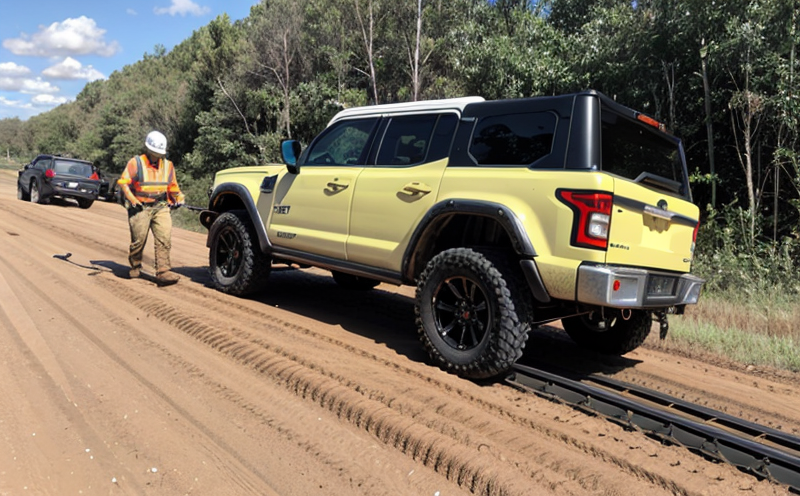Pulling winch inspection
In the realm of lifting equipment and cranes, pulling winches play a crucial role in ensuring safety and reliability. Pulling winch inspection is an essential process that guarantees these devices function correctly under various operational conditions. This service focuses on evaluating the integrity and performance of pull winches used in industrial settings such as construction, manufacturing, and transportation.
During a pulling winch inspection, several key aspects are examined. These include mechanical components like drums, sheaves, bearings, and gears; electrical systems such as motors and controls; and hydraulic or pneumatic elements if applicable. The inspection aims to identify potential defects that could lead to accidents or failures during operation.
The process involves detailed visual inspections supplemented by non-destructive testing methods where necessary. Common techniques used include ultrasonic testing, magnetic particle inspection, and penetrant testing. These tests help detect internal flaws invisible through simple visual checks alone.
Performance testing is also a critical component of this service. This includes load testing to determine the maximum safe working load (MSWL), endurance tests simulating typical usage scenarios, and dynamic load assessments to evaluate how well the winch handles sudden changes in force.
Once inspections are complete, detailed reports are generated summarizing all findings. These documents provide a comprehensive overview of the current state of the pulling winch, highlighting any issues found along with recommendations for corrective actions if needed.
Compliance with relevant standards ensures that both operators and regulators can be assured about the reliability and safety of these critical pieces of machinery. Compliance also helps in reducing downtime due to unexpected failures and enhances overall operational efficiency within industries reliant on such equipment.
Why It Matters
The significance of regular pulling winch inspections cannot be overstated, especially given the high stakes involved when dealing with heavy lifting machinery. Accidents involving failing pull winches can result in severe injuries or fatalities. By conducting thorough inspections and maintaining these devices properly, you not only protect your workforce but also safeguard against costly downtime caused by equipment failure.
Regular maintenance and inspection play a vital role in extending the lifespan of pulling winches. When performed correctly according to industry best practices, they can significantly reduce wear and tear, ensuring longer service life without compromising safety or performance levels.
Applied Standards
| Standard | Description |
|---|---|
| ISO 9431:2017 | Guidelines for the design and construction of wire rope hoists. |
| ASTM B30.5M-2018 | Specifications for electric winches and drum motors used in material handling systems. |
| EN 369:2017 | Performance requirements for manual wire rope hand operated hoists. |
Why Choose This Test
- Ensures compliance with international standards and regulations.
- Reduces risk of accidents by identifying potential hazards early on.
- Promotes extended equipment lifespan through preventive maintenance practices.
- Maintains high levels of operational efficiency within your organization.
- Avoids unexpected failures that could disrupt business operations significantly.





